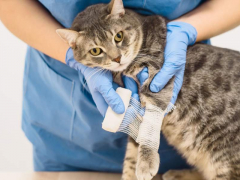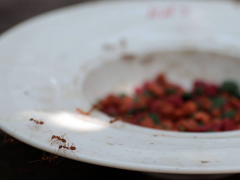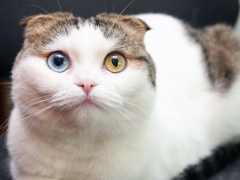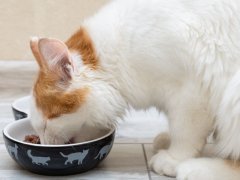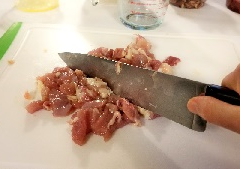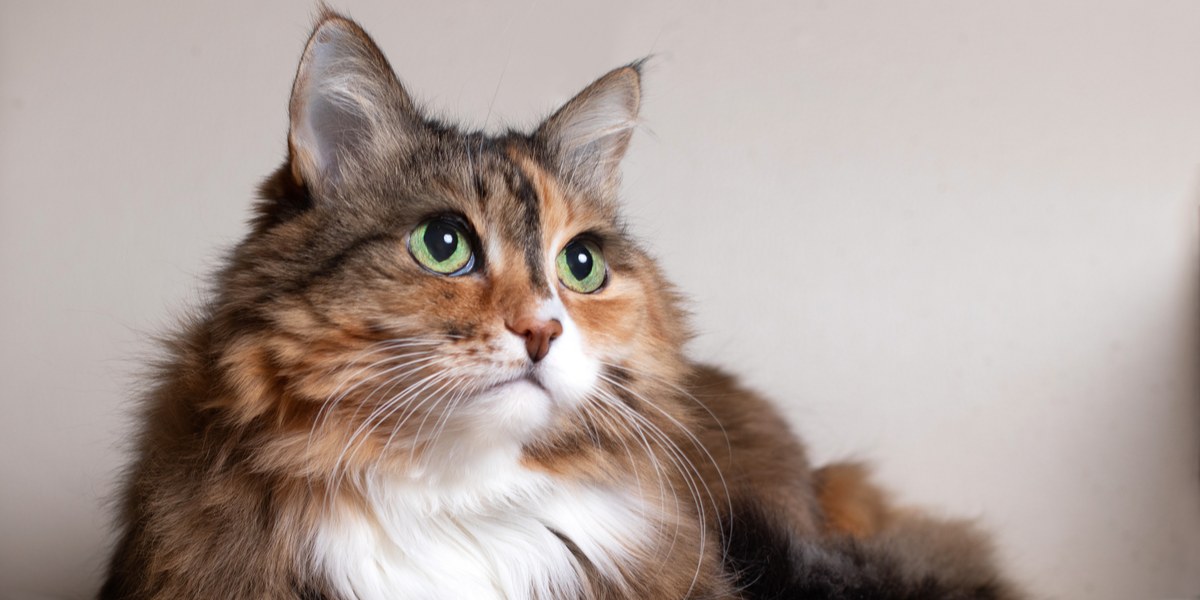
We see our small feline friends as family members, yet at the same time, we know that they don’t live as long as we do. We all realize that cats live for somewhere between twelve and twenty-two years, unless unusual accidents or unexpected illnesses take them away earlier than this, or perhaps if they are the exceptional animals that live for even longer.
It feels intuitively wrong that a family member (even if they are a cat) should be in their senior years when we humans are just heading towards young adulthood, in our mid-teens. So for this reason, it makes sense to us to create a comparative system that allows us to visualize a cat’s “human age” i.e. how old they are in “human years”.
Of course, the cat age calculator system can also be turned around, to work out how old humans are in “cat years”, but that’s a different day’s work. Or indeed, it would be interesting to compare cat age in cat years with dog age in dog years.
Comparisons could even be made between cat breeds, based on data showing how long pedigree cats live compared to domestic short-haired cats (mixed breeds).
And as for the question of “how long do cats live for?” The area of life expectancy is an interesting one to consider, but it’s more of a guessing art than a specific science.
The traditional method of comparing ages, widely known, was to keep it simple: just multiply cat’s years of life in calendar years by seven.
While this works well for cats in middle age (a five-year-old cat is probably equivalent to a thirty-five-year-old human), it doesn’t work well at either end of the cat’s life. A year of a cat cannot be compared so easily with a year of a human.
Cats mature rapidly in the first year of life: a one-year-old cat is more like a teenage human than a seven-year-old child.
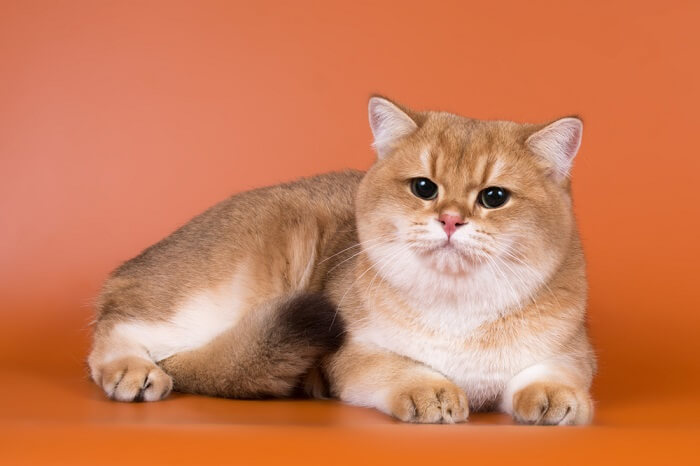
While the “multiply by seven” rule tends to work for middle-aged cats, aging rates fall out of sync for very young or senior cats.
By the end of second year of life, a cat is like a person in their mid-twenties. A twelve-year-old cat is usually far fitter than an eighty-four-year-old human. There are far more senior cats over the age of fourteen than there are elderly humans over the age of a hundred.
Also Read: When Do Cats Stop Growing? 6 Cat Life Stages Explained
And finally, I’ve known a fair number of geriatric cats over the age of twenty, which is 140 human years, using this old formula. The oldest age a human has ever reached is just 122 (equivalent to a seventeen-year-old cat), while if a cat reaches their mid-twenties, it is not unheard of: 7 years x 25 is 175 in human years, which is absurd. And the oldest cat ever was 38 years old, meaning a ridiculous 266 human years.
So it makes sense to adjust the old formula, and there are several ways to do this.
Cat Age Chart: How Old is My Cat?

A cat age chart like this one can give you a rough idea of your cat’s age in human years, but it’s not a precise science.
The easiest way is simply to create a chart that allows a good estimate to be made: see below for our best effort to do this.
This will never be a precise science, however, and a general guide like the one below, which puts cat life stages into human terms, is the best answer.
How Do You Calculate a Cat’s Age?
A cat age chart works well if you have owned a cat since kittenhood, and you already know their age in calendar years. But what about if you have a rescue cat, or if you have adopted an adult cat? Is there any way that you can find out how old they are?
Again, this is not a precise science, but there are signs that you can look for to make a good guess.
1. Teeth:
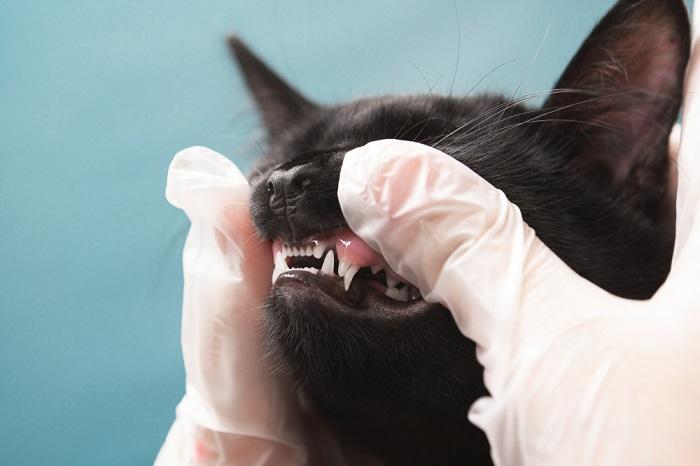
A cat’s teeth are among the best indicators of their age. A cat with flawless white teeth is likely under a year old, while a cat with advanced gum recession, tartar buildup, and other signs of dental disease is probably six or older.
A cat’s teeth can give useful information. The combination of tartar build up, gum recession and loose or absent teeth can give some suggestions about a cat’s age.
- If a cat has perfect white teeth, with no sign of gum disease, they are probably less than a year of age.
- If there is some early tartar build up, with minimal gum recession, the cat may be one to three years of age.
- If tartar build up is more significant, the cat may be three to six years of age.
- And if there is marked tartar build up, with advanced gum recession, loose teeth and perhaps missing teeth, then the cat is likely to be older than six, with the changes becoming more apparent as the cat grows older.
These guidelines are only approximate: some cats develop dental disease at an earlier age then others, and some elderly cats can have surprisingly healthy teeth.
Also Read: The Complete Guide To Dental Cleaning For Cats
There are many factors involved, including diet, genetic influences, and a carer’s attention to dental care at home.
- Fur: As a general rule, kittens and young cats have softer fluffier fur, while older cats have coarser, thicker coats. Some cats develop grey or white flecks with age, like some humans.
- Body condition: Younger adult cats tend to be stronger, fitter and more muscled, while as cats grow older, they often lose body condition, so that you can feel the bones of their spine and hips more easily when you run your hand along their back.
- Eyes: Younger cats tend to have clearer, brighter eyes, while older cats are more likely to have mild ocular issues, including patches of pigment, slightly cloudiness, or discharge from the corners of the cat’s eyes.
2. Facial Expression:
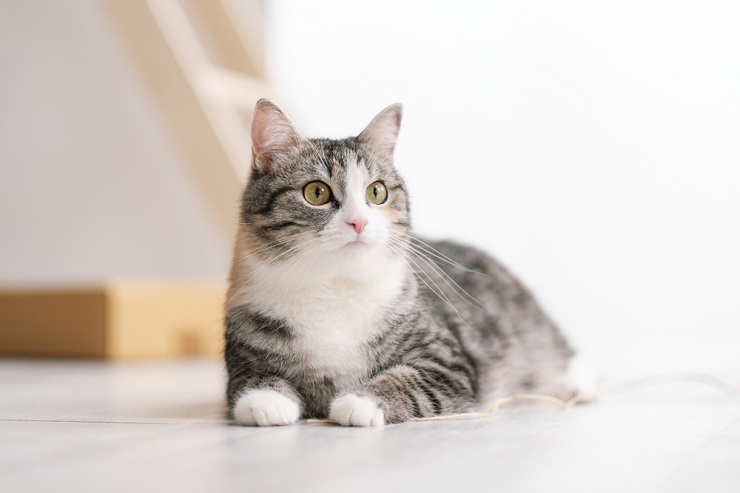
It’s a subjective measurement and not a foolproof indicator of age, but a cat’s facial expression can tell you things about its age. Older cats typically have a more somber, “mature” look than their younger cousins.
This is subjective, but it certainly often seems that younger cats have more innocent, wide-eyed faces, while older cats tend to look wiser, more wary, more experienced, and put simply, “older”.
3. Some Cats Age Quicker Than Others:
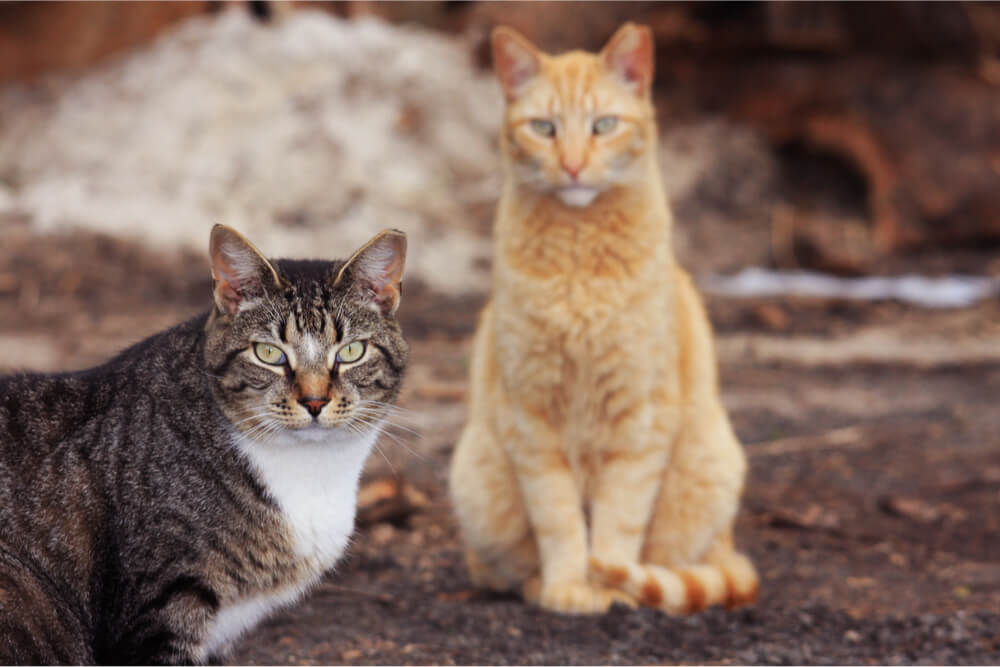
A cat’s life experience can influence how rapidly they show signs of aging. Cats, like ferals, who have lived harsher lives will often show signs of aging sooner than those who live indoors.
As an example, outdoor cats can have tougher lives than indoor cats (studies show that the lifespan of indoor cats, on average is longer than outdoors cats), and outdoor cats may appear to be older than indoor cats of the same age.
Whatever age a cat is, it’s important to remember that just as in humans, to some extent at least, age is just a number: if a cat has high-quality cat food, a comfortable home with a carefully monitored litter box, low levels of stress, effective parasite control, regular checkups with their DVM veterinarian, and overall attentive, caring owners who pay attention to health issues, they can belie the number of years that they have lived, remaining strong, fit and contented for far longer than you might expect.
